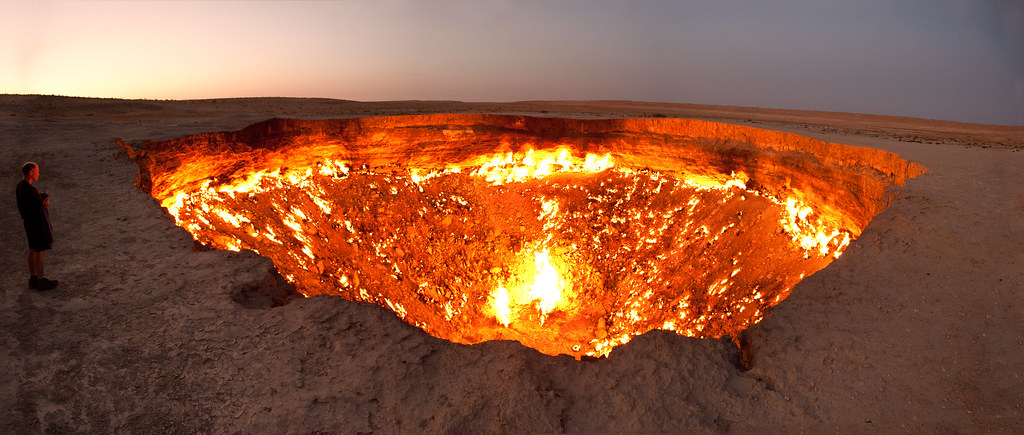Australians are reeling from the news that Victorian childcare worker Joshua Dale Brown has been charged with more than 70 offences against children, including rape.
Authors
- Delanie Woodlock
Senior research fellow, UNSW Sydney
- Lenka Olejnikova
Research Officer, Childlight, UNSW Sydney
As 1,200 children await results for sexually transmitted infections, a horror no parent should ever face, media commentary has begun to focus on how this case might have implications for male childcare workers .
Early childhood education is a heavily female-dominated field, and past inquiries into child sexual abuse by male educators have found that, in efforts to avoid appearing discriminatory , male workers are often subject to less scrutiny. This dynamic is compounded by efforts for gender balance in childcare, particularly for the perceived benefits of male role models.
Ironically, this fear of seeming biased can create the very conditions that offenders exploit - grooming colleagues, parents and children to commit abuse while hidden in plain sight.
While it is an uncomfortable fact to confront, research shows men with a sexual interest in children are disproportionately more likely to work with children, including in early education and care. Recent data show that one in 20 men in the Australian community are motivated offenders (individuals who reported both sexual interest in and offending against children). However, they are almost three times more likely to work with children compared to other men.
Unfortunately, systematic data on child sexual abuse in childcare settings are limited. However, existing findings align with the only comprehensive study conducted on this issue , which followed the highly publicised McMartin Preschool trial in the United States.
This study examined cases from 1983 to 1985, and identified 270 daycare centres where 1,639 children were found to have experienced substantiated sexual abuse. Although men made up only about 5% of childcare staff, they were responsible for 60% of the offences. The abuse was often severe, with 93% of victims subjected to some form of penetrative sexual violence.
Those who deliberately pursue employment with children to abuse them are often referred to as "professional perpetrators". These individuals typically have multiple victims and pose a high risk of repeated harm.
In our current research on serial child sex offenders in childcare settings in Australia and internationally, we identified six cases involving between seven and 87 confirmed victims under the age of five. Five of the offenders were male and one was female. Together, they sexually abused at least 245 children.
There were striking similarities across these cases. Offenders primarily targeted pre-verbal children, evaded detection for long periods, and were only exposed through external investigations, most often related to the possession and distribution of child sexual abuse material.
Much like the details emerging from the case of Joshua Dale Brown in Victoria, none of these offenders was uncovered through internal safeguarding systems.
As is also alleged in the case of Brown , the perpetrators in our case studies were not isolated offenders. They were operating within online communities that normalise and reinforce abusive behaviour and the sharing of child sex abuse material of children who were in their care.
If, as some suggest, male workers are subject to close and sometimes unfair scrutiny, these cases highlight a troubling contradiction. Despite this purported scrutiny, child sexual abuse by male staff can and does occur over extended periods without detection in childcare settings. In fact, evidence from another case suggests staff are often hesitant to raise concerns about male colleagues for fear of being perceived as discriminatory .
It is important to highlight that although women comprise a small minority of child sexual abuse offenders, the reluctance to view women, particularly mothers , as potential perpetrators can also contribute to such abuse going undetected.
There also needs to be greater awareness of how these offenders infiltrate and groom institutions. In the case studies we analysed, offenders were seen as kind and competent workers. They were often friendly with management or held senior positions themselves, and would socialise outside of work with families whose children they cared for. Even when whistleblowers raised an alarm about the offenders, these concerns were often dismissed , with some offenders even being promoted.
While most child sexual abuse occurs within families, institutional abuse is no less serious. Unlike families, institutions that work with children can be effectively regulated, making such abuse entirely preventable through robust and consistently enforced safeguarding measures.
Since children under five may not be developmentally capable of reporting abuse, safeguards must be proactive and preventative. Childcare centres should implement surveillance measures in most areas and observe the " four eyes " rule, requiring at least two adults to be present during nappy changes and other care tasks. A strict no-phone policy could also reduce the risk of image-based offences.
Moreover, we must confront the uncomfortable truth that some men are drawn to work with children because of a sexual interest in them. Truly centring child protection in early education means prioritising children's safety above profit , reputational concerns, and fears of appearing biased against men. Preventing child sexual abuse in childcare is not only possible, it is a collective responsibility we must all uphold.
![]()
The authors do not work for, consult, own shares in or receive funding from any company or organisation that would benefit from this article, and have disclosed no relevant affiliations beyond their academic appointment.






